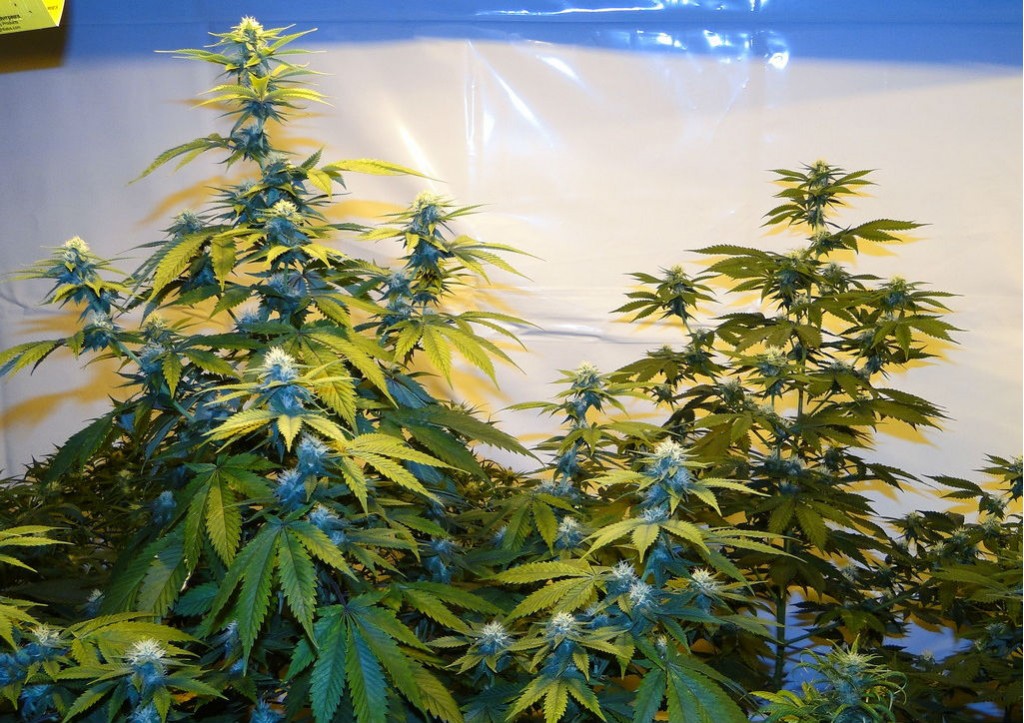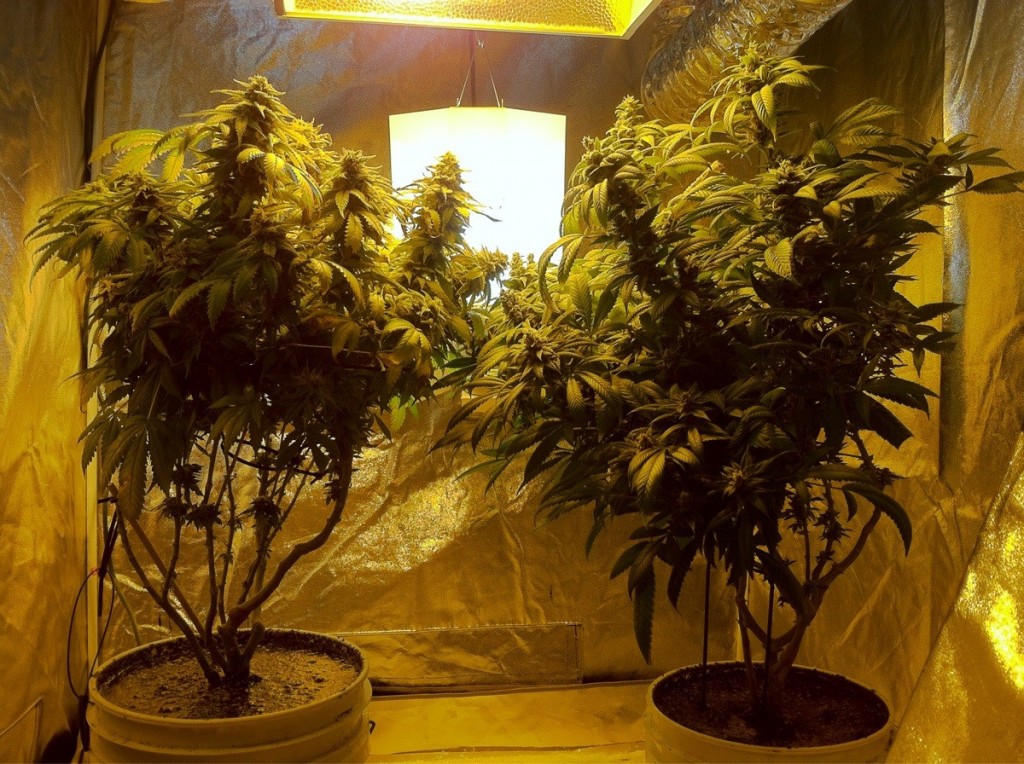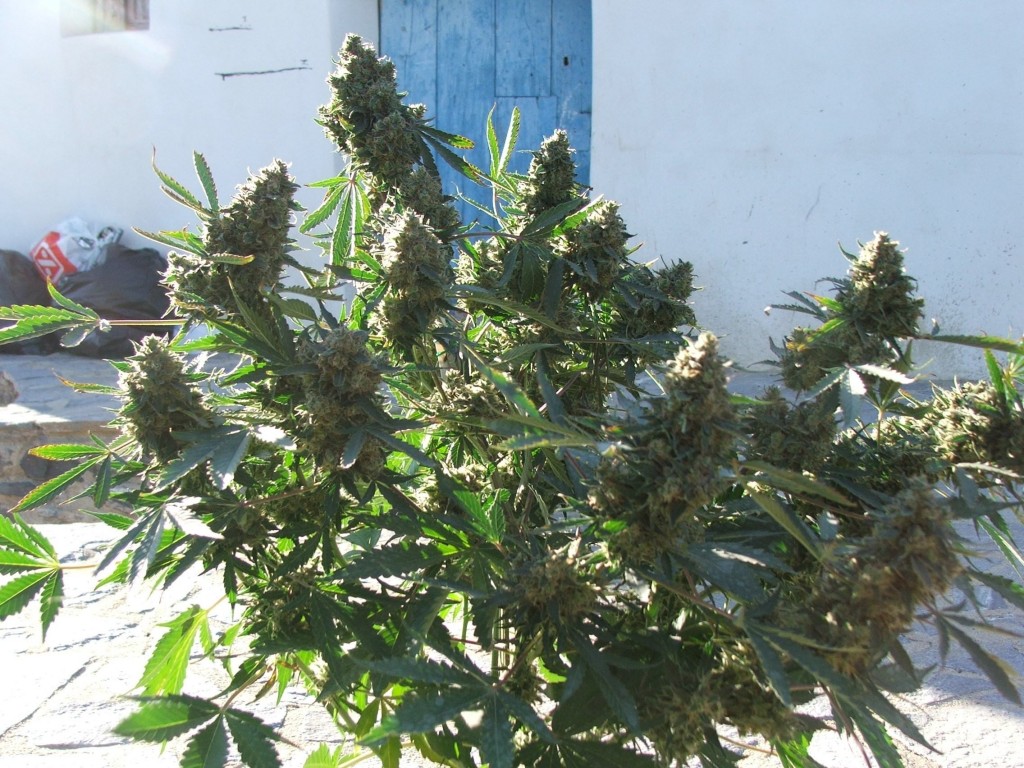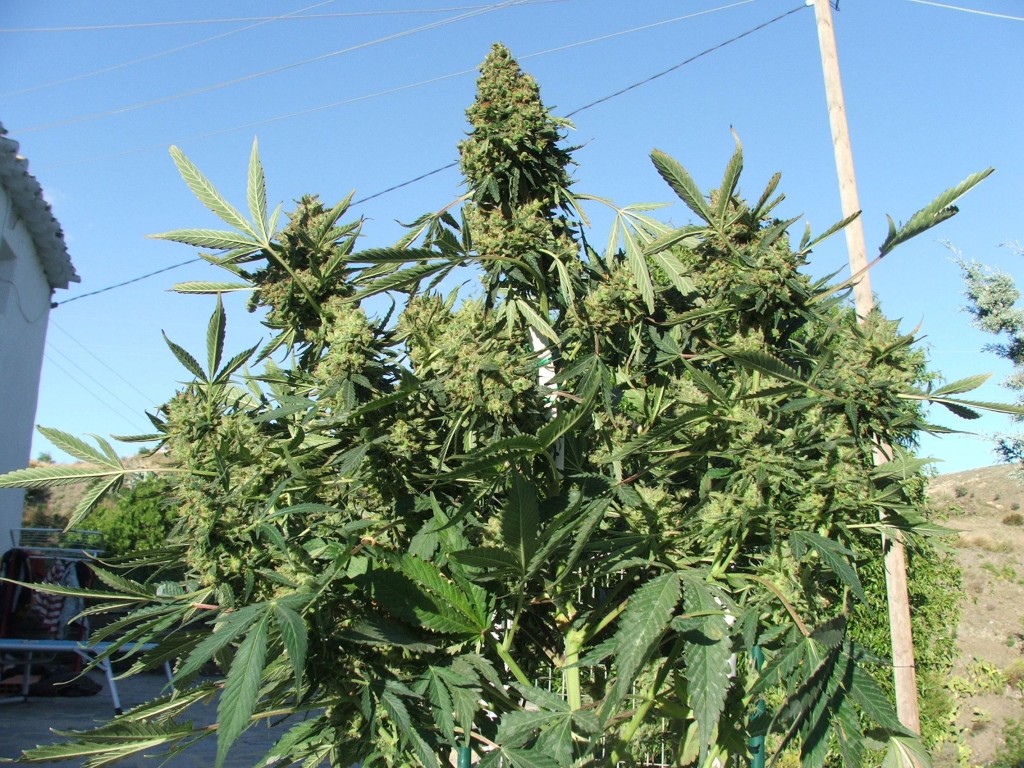 7 Advantages to Autoflowering Seeds
7 Advantages to Autoflowering Seeds
Written by Matt Mernagh
After the last two weeks of blogs I decided it’s best to discuss the disadvantages of autoflowering marijuana strains before accusations of bias are hurled. Some of the claims against autoflowering strains are a wee outdated, but I’ll discuss them.
There are numerous disadvantages growers cite as reasons for not planting autoflowering seeds and it’s worth discussing their points to provide people a full understanding of the advantages and disadvantages.
 1. Autoflowering Seeds Deliver Lower Yields
1. Autoflowering Seeds Deliver Lower Yields
For many the smaller yields of autoflowering strains will be the biggest turn off. Lowryder was notorious for it’s small yields and people avoided it in droves. Over the years it’s been improved upon, especially with crosses from other breeders that have plumped up their own varieties.
Make no mistake, autoflowering strains are not commercial croppers and they aren’t going to make appearances on dispensary menus. Growers, even new ones, have visions of incredibly large hefty yields and autoflowering strains for many don’t live up to those dreams.
I recommend spending some time on SeedFinder to research yields before committing. According to their own reports, Homboldt Seed Organization’s Dedoverde Haze has yields of 40-150 grams per plant while a Mazar Auto from Expert Seeds is 45 grams per plant. Dinafem’s Moby Dick auto may produce anywhere between 40-180 grams per plant while it’s non autoflowering counterpart has a much higher yield.
2. Autoflowering Seeds Create Higher Electricity Bills
To achieve respectable personal level yields, the light schedule for autoflowering strains should be much longer than usual. These strains thrive on twenty hours of light and we’ll do our math on this number.
Autoflowering strains use 140 hours of light a week and can finish in 70 days or less. A plant that finishes in 70 days is going to consume 1400 hours of total light from start to finish.
A healthy vegetative phase for regular seeds is approximately four weeks or 28 days. To do a 28 day veg your plant consumes 504 hours of light and for seventy day flower 672 hours are needed. Over the plants 98 day growth cycle it requires 1344 hours of light.
Carefully weigh the quicker finishing time (28 days or more) against the possibility of higher utility costs. Many autoflowering growers don’t use HID lights, which can present a whole kind of different problems.
 3. Autoflowering Seeds Adds Difficulty to Adjusting Lights
3. Autoflowering Seeds Adds Difficulty to Adjusting Lights
Many autoflowering growers opt to also experiment with alternative lighting methods. With lights on much longer some people choose to grow with LED lights or other kind of grow bulbs. These lights, though effective, have their own slew of problems including producing lower yields and speeding up the finish.
Like autoflowers, some growers outright dislike LED lights, but that’s a discussion for another day. Switching from HID to LED can pose it’s own challenges. This isn’t a problem if you’re growing from HID, but a HID in the early seedling growth can prove to be very challenging.
Getting the right height distance is important because autoflowering strains may become stunted if they’re too close and too stretchy if the light is too far away. I’ve grown autoflowers using an LED light and figuring out the distance from bulb to plant proved to be challenging because the back of the hand method doesn’t work.
4. Autoflowering Seeds Produce Small Plants
Many growers are turned off by autoflowering strains smaller size. Bigger plants is something growers are into and the larger the better in many eyes. Guess, we’re just trained to like large beefy plants.
Growing several different kinds of autoflowering seeds I’ve come across the runt of the litter a few times. Friends have too. Runts happen in seed packets. Not all the time, but some of the seeds become very stunted.
All the strains are doing great and there’s this one plant that just won’t get with the program. When you come across a runt, it’s best to just replace it with a different seed.
5. Autoflowering Seeds Need to Start & Finish in one container
Autoflowering seeds have to start in the bucket they finish flowering in. They do not like to be transplanted and this can pose some problems. Many experienced growers start their seedlings in ‘beer cups’ or smaller containers to allow for great root development.
This can’t be done with autoflowering marijuana seeds because they hate to be transplanted. Getting them started in bigger buckets has a few challenges, but they can be easily overcome.
 6. Autoflowering Seeds Produce Less Potent Pot
6. Autoflowering Seeds Produce Less Potent Pot
The ruderalis creates less potent pot is a huge complaint amongst growers. Many of these people haven’t grown autoflowering strains and speculate the ruderalis makes the weed weaker.
The early reviews of Lowryder was it had a weaker higher. Over the years this issue has been corrected, in my opinion.
I’ve reviewed some amazing autoflowering strains. I’d suggest the taste, flavor and strength is there when grown properly. More breeders are crossing their popular strains with ruderalis with great success. I’m not sure this is an issue anymore, but people are holding onto this idea.
7. Autoflowering Seeds Aren’t As Diverse as Regular Seeds
Another complaint that is a wee bit outdated. These days there are numerous different kinds of autoflowering strains. As their popularity among growers has grown more breeders have offered autoflowering strains of their strains.
A remarkable 345 strains turn up doing a very simple Seed Finder search. I think the argument of lack of variety is not valid. Autoflowering strains are clearly becoming more popular as growers discover them.
The Mernahuana Zone is webcast every Tuesday from 7-1020pm ET live from Vapor Central with on demand available via SoundCloud, iTunes and YouTube.
Matt Mernagh is the author of Marijuana Smoker’s Guidebook: The Easy Way to Identify and Enjoy Marijuana Strains. On sale now from Amazon, Urban Outfitters or iTunes.
Leave a Reply

4 Responses to “7 Disadvantages to Autoflowering Seeds”
Nebula
Great article! Auto-flowering strains have come a long way since the first strains a few years ago. Some great auto strains are coming from Dutch Passion, Dinafem and Sweet Seeds. For people interested in auto strains, I recommend looking up “auto time lapse” videos on YouTube. It’s cool to see the whole life of an autoflower from beginning to end.
Nathan
Not such a great article anymore. Very outdated and gives bad information under the current status of autos.
GreenThumbJim
Very outdated article. Auto seeds have been refined and improved upon to the point where they are as strong and yield as much as their normal counterparts. Look up Dutch Passion AutoMazar 900g yield and tell me they are no good…
Luke
This is utter bulls#@% first off I’ve grown a lot of autoflowers and potency can damm sure match and some can out due some photo periods second the yield that I pull off my autos in 75 days is around 3oz or more vs photo I gotta veg for at least 3wks and that’s not counting the seedling stage and then flower for another 8+ wks so I’m looking at about 100+ days to damm there get the same yield and thirdly autos can flower and any light cycle 12-12 18-6 etc. Autos have come a long way and in I think they are the future many seed banks are investing into creating more autos because u can get good herb in a shorter time under any light cycle